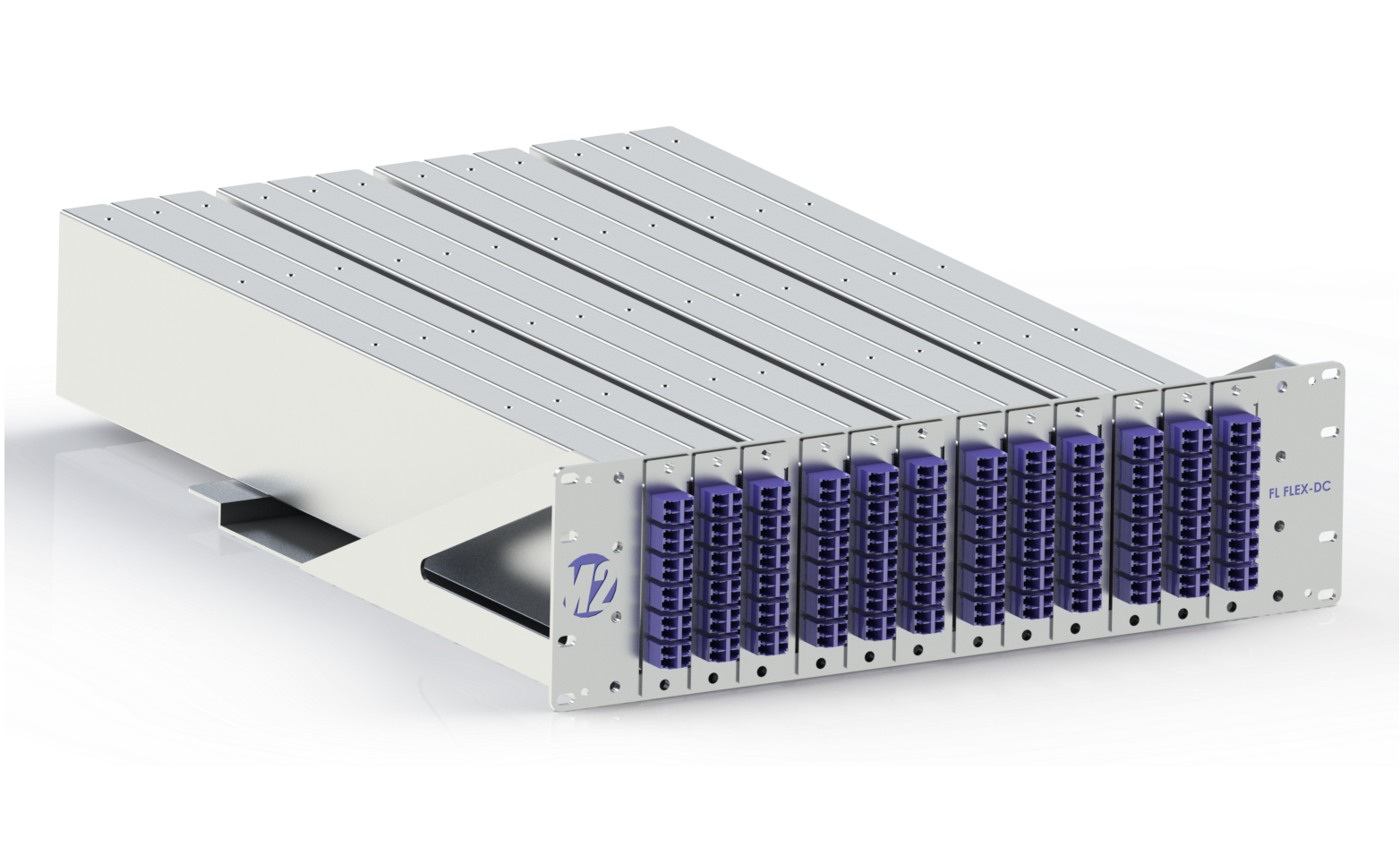Along with Artificial Intelligence (AI), currently a very popular topic of discussion, Quantum Computing is another rapidly growing technology arena that represents a revolutionary leap in computational technology. Unlike traditional computing, which uses bits to represent data as 0s or 1s, quantum computing systems leverage the principles of quantum mechanics to process information in fundamentally new ways using quantum bits or qubits. Without going too deep into the details, qubits can exist in multiple states simultaneously due to the phenomena of superposition and entanglement, enabling quantum computers to solve complex problems at much faster rates than previous computing systems.
Read More
Topics:
optical fiber,
network simulation,
latency,
quantum computing
Data Centers and AI – Simulating Fiber Link Latency & Performance is Crucial
Read More
Topics:
network simulation,
latency,
AI,
data centers
For universities and research institutions developing, evaluating, and testing fiber optic technology to advance global communications, using optical fibers to accurately simulate span performance and latency in the lab is often an essential step in projects. This brief article discusses how customized Fiber Lab solutions from M2 Optics help researchers and professors successfully address the precision, consistency, and protection challenges that arise when working with bare optical fibers.
Read More
Topics:
optical fiber,
network simulation,
latency,
universities and research
Latency is a critical performance factor in communications networks as it is the time it takes for data to travel from one point to another. As one might expect, service providers commit a great deal of time and effort attempting to reduce latency across the entire network, to deliver data and content faster to consumers and businesses. While important in general, some applications like financial trading, streaming video, and defense/military communications prioritize latency reduction with the goal of achieving as close to real-time communications as possible.
Read More
Topics:
optical fiber,
latency,
optical time delays

From the planet's largest machine to the latest quantum encryption, optical fibers play a key role in technology innovation as they enable phenomenally high data rates. Installed at the depths of the oceans, throughout cities, and in the most hostile environments on earth, optical fibers serve as the backbone for connecting global communications systems and delivering massive amounts of data every day.
Read More
Topics:
fiber optic testing,
network simulation,
latency
When rolling out and maintaining a fiber optic communications system, latency is a critical factor that must be addressed. Dealing with latency issues can be very frustrating when they occur.
Read More
Topics:
optical fiber,
latency
With the explosive growth of global bandwidth demands, data centers and service providers have been busy adding new fiber infrastructure, interconnects, and upgrading their systems and hardware to newer and faster technology. As part of this, both latency and optical signal synchronization are critical factors that engineering teams must manage in order to maximize performance and support their customers across various industries.
Read More
Topics:
latency
OFS recently made a splash when they announced a new hollow-core optical fiber optimized for low latency transmission. While hollow-core fibers have existed for about 20 years, it is exciting to see such an innovative and promising fiber technology being more broadly applied to commercial applications.
Read More
Topics:
optical fiber,
latency,
hollow-core optical fiber
Simulating real-world fiber optic links and time delays in the lab environment is both a frequent and necessary task for engineers performing R&D and equipment certification testing processes. With the evolution to more advanced network architecture, increasing speeds of 400G and beyond, and latency always being a key element, replicating the field network as closely as possible in the lab is critical to ensure systems will perform as expected post-deployment.
Read More
Topics:
latency
For banking and financial companies in the digital age, having reliable and predictable connectivity to markets along with minimal latency is critical to their success. A financial network backbone must ensure a customer’s access to funds, particularly after hours, while delivering an additional layer of security and visibility of the most up to date financial data. But how can a bank or financial institution have confidence that their network will perform as expected? The solution is to accurately simulate field links and latency in a lab environment to validate system performance will be at the high level it needs to be.
Read More
Topics:
latency












